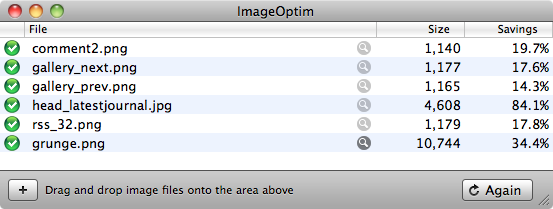I recently had a customer describe some very random crashes with my software. There didn’t seem to be a pattern or a way for me to reproduce the problems locally to debug them. So my first thought was to get him to install a version with some kind of crash reporting tooling so I could get a stack trace to help track down the issue.
I’d looked into implementing some form of crash reporting quite a while ago, but it was never a very high priority for me because I don’t get a lot of bug reports. In this case though it seemed like it would be easiest if I could produce a version of my software with some built-in stack tracing.
The first thing I did was to look at what libraries were available for this. My criteria were:
- simple to use/integrate with a Qt application
- works with the MinGW 32-bit compiler on Windows and the clang compiler on macOS
- inexpensive (or free!)
- usable in commercial software
The most promising were BreakPad (older) or CrashPad (newer) from Google. From what I understand, Breakpad no longer works on macOS which is why they switched to CrashPad. Unfortunately CrashPad doesn’t handle 32-bit MinGW builds. The reason I’m stuck with the 32-bit version is that Qt currently ships its MinGW builds of the libraries and toolchain using the 32-bit MinGW 4.9.2 compiler.
So after a lot of searching and piecing things together, I’ve created something that works and fits my criteria. It’s very simple – all it does is save the stack trace to a file that the user can send me – and requires some instructions to the user to work with it. If I wanted to get fancier I could have it automatically post the information to a web server, but for now this is simple and it works.
It might work on Linux too since the code path for macOS should be POSIX compliant, though I haven’t tried it. It could also be extended to handle MSVC compiles (or maybe it already does!), but I don’t use that compiler so I can’t test it.
I used many different sites in my search, but my primary sources were Catching Exceptions and Printing Stack Traces for C on Windows, Linux, & Mac by Job Vranish, Printing a Stack Trace with MinGW by Daniel Holden, and the C++ name mangling article on Wikipedia.



